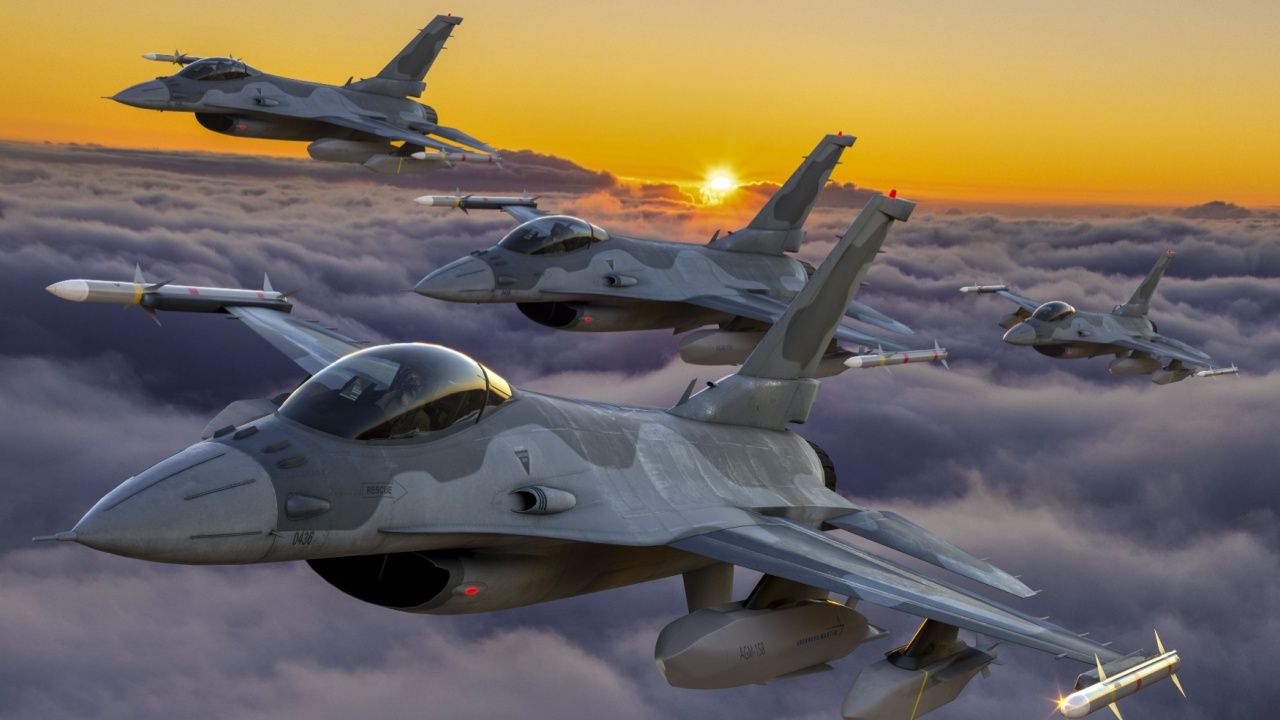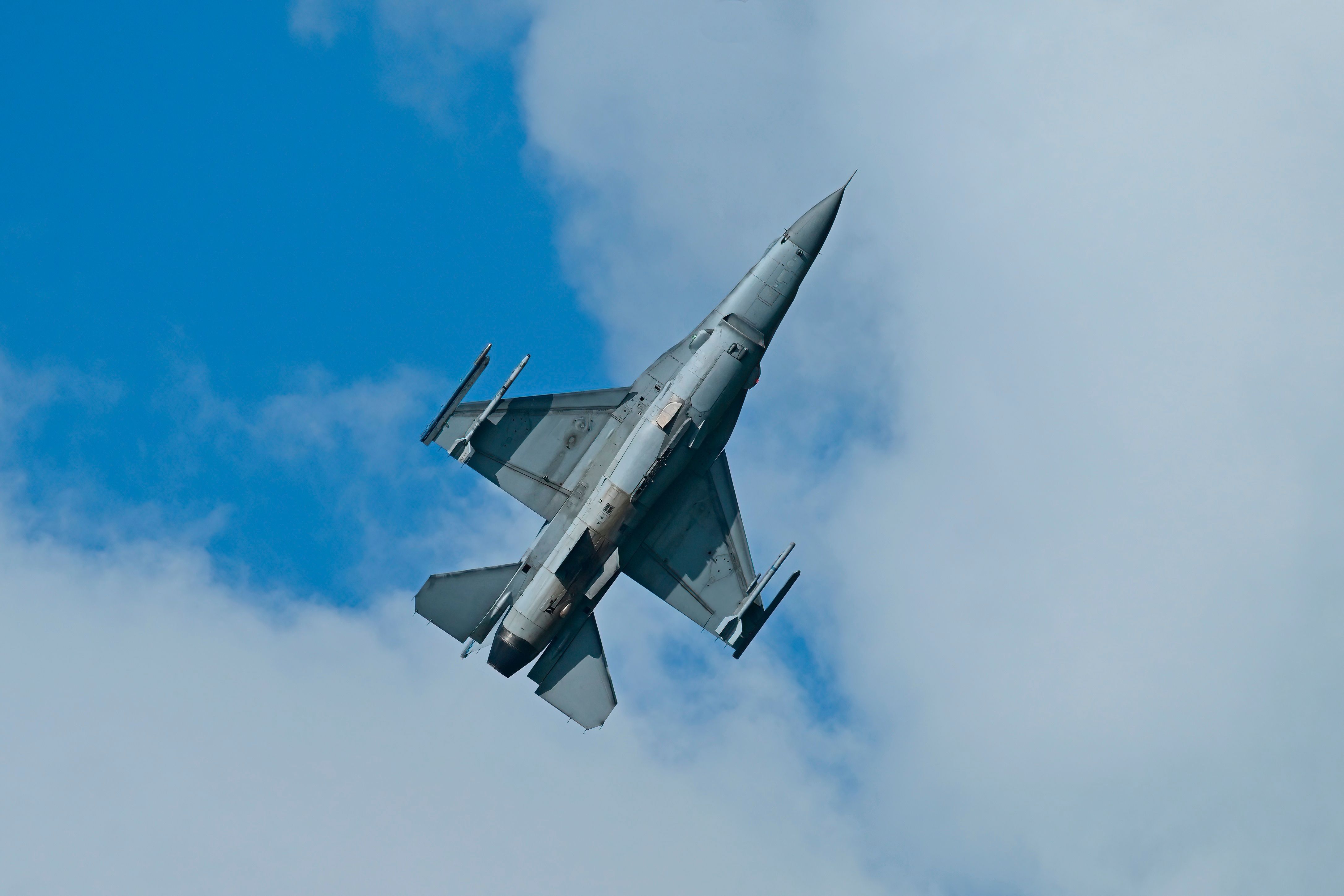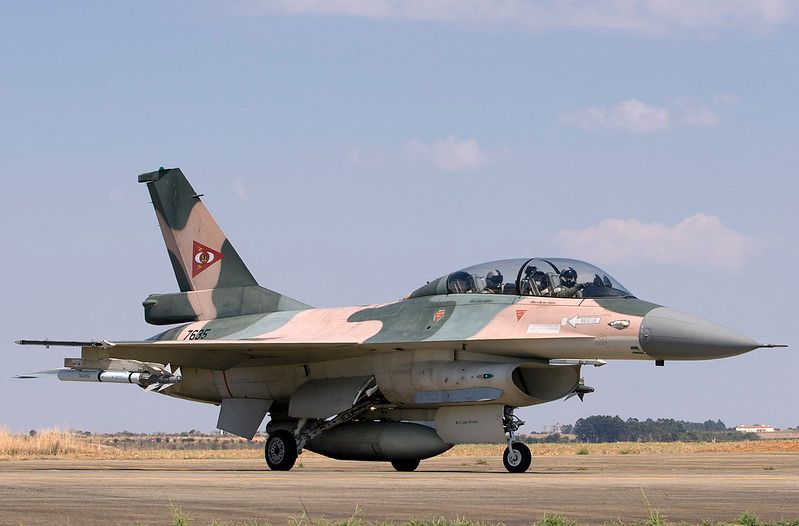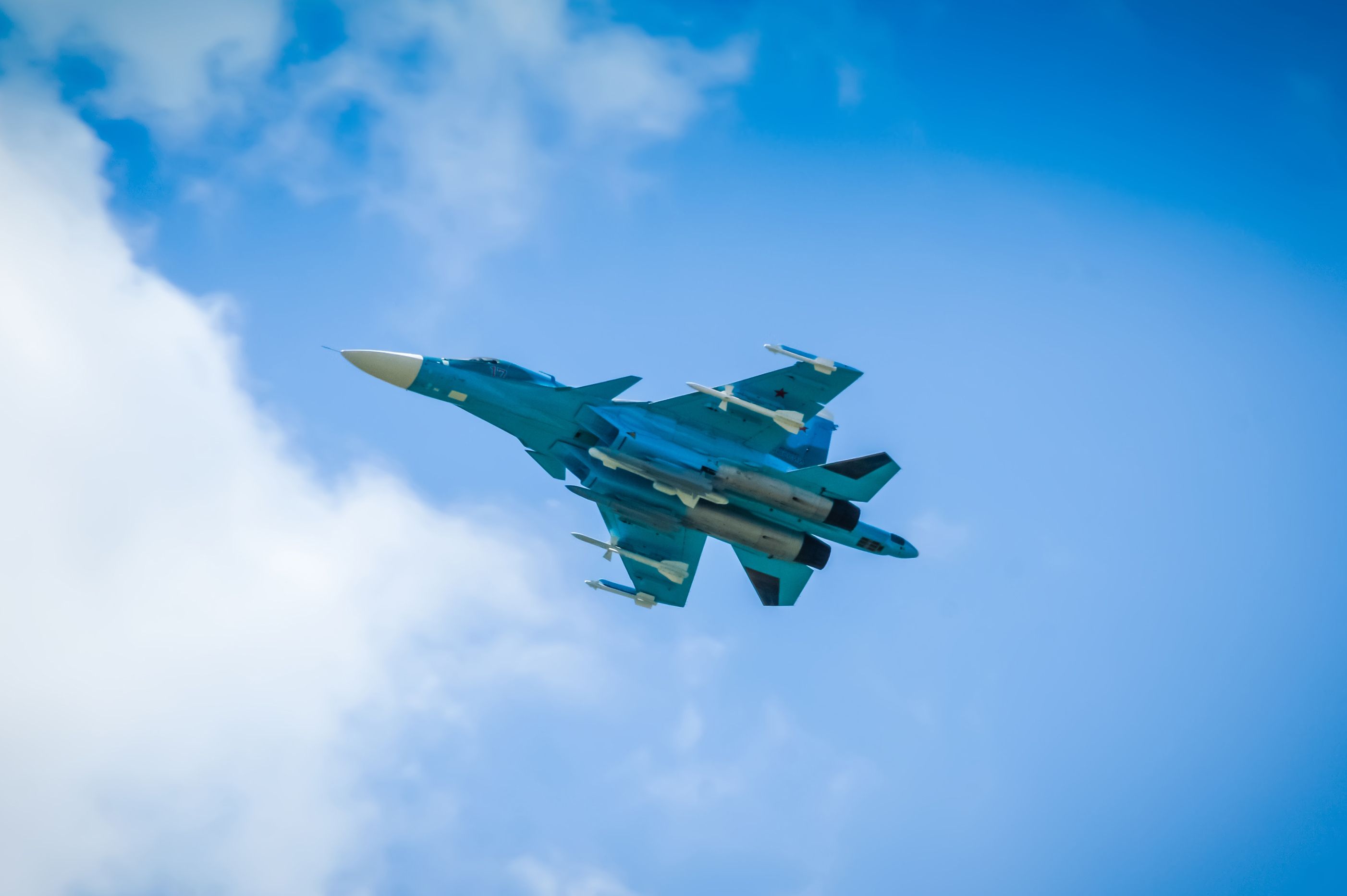Summary
- In 1981, the US sold 24 F-16s to Venezuela, the first sale of its kind in Latin America during the Cold War.
- After sour relations with US, Venezuela struggled to maintain F-16s due to lack of replacement parts.
- Even with threats to sell to enemies, Venezuela maintains and uses F-16s, alongside other fighter jets.
F-16 Fighting Falcons have been the most popular Western fighter jet for many years. While the US only sells advanced weaponry to countries it considers allies or partners, Venezuela stands out for operating American F-16s.
The United States sold these to Venezuela when relations were much better, but the jets have since been a point of contention between the two countries. The tale is perhaps something reminiscent of how and why Iran continues to operate US-made F-14 Tomcats today.
A different time
The jets were sold to Venezuela when the geopolitical world was a different place and when Venezuela and the United States enjoyed much better relations. US-Venezuelan relations would nose-dive after Hugo Chavez rose to power in 1998 and have stayed low ever since.
Photo: DLeng | Shutterstock
The F-16s were sold to Venezuela in 1981 during the Reagan administration in the context of the Cold War. In January 1981, the Washington Post reported, “Reagan administration has agreed to sell 24 F16 fighter planes to Venezuela in what would be the first delivery of such advanced U.S. weapons to a Latin American country in almost a decade and a significant step in Venezuelan efforts to fill what it regards as a vacuum of influence in Latin America.”
|
Venezuela’s F-16s |
|
|---|---|
|
Sale date: |
1982 |
|
Quantity: |
24 |
|
Administration: |
Reagan administration |
|
Type: |
Block 15 OCU |
The article also stated that in 1972, President Nixon had said that selling advanced fighter jets to Latin American countries could “hurt economic development and increase instability.” At the same time, the French were selling fighter jets to Argentina. As fate would have it, the following year (1982), Argentina invaded the Falkland Islands and used its French jets to fight the British (it lost).
Administration officials of the time thought the sale of F-16s to Venezuela was “justified by Venezuela’s growing importance as a supporter of US policy in El Salvador and elsewhere in Latin America...” At the time, Venezuela’s Air Force was mostly equipped with French Mirages and British Canberra fighter-bombers.
This was also a time when Cuba was regarded to have the most powerful air force in Latin America (today, it is regarded as something of a museum of out-of-date Soviet jets).
Under the deal, Venezuela paid $500 million for 18 F-16s and 6 F-16Bs (F-16Bs are a training model). Originally, Venezuela wanted 72 jets, but budget constraints peeled it back to 24. This was the first sale of F-16s to a Latin American country. Since then, Chile purchased F-16s, and now Argentina is purchasing old F-16s from Denmark.
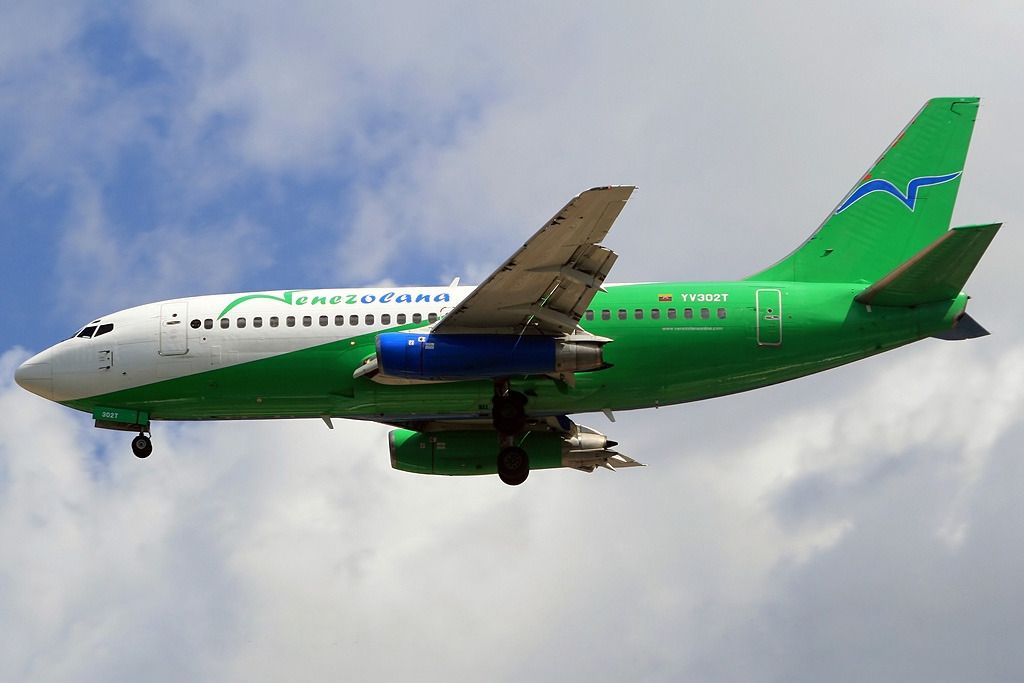
Related
Analyzing Venezuela’s Oldest Active Passenger Aircraft
On average, the country’s passenger aircraft are 29.58 years old.
A poisoned deal
After US-Venezuelan relations turned south, Venezuela was left with the jets, and the US was left with contractual obligations. The contract provided Venezuela with the ability to buy replacement parts for the jets from the US.
In 2005, Venezuela Analysis reported that Hugo Chavez stated that Venezuela could not operate the jets because the US had not sent replacement parts. The US countered by claiming it always honored its defense contracts with Venezuela and had sent replacement parts for its F-16s. It stated the parts were delivered on November 4 of that year.
The Venezuelans countered by saying they only received the parts that would allow the jets to fly but not parts to make the weapons work (the parts included landing gears and ejector seats).
Venezuela threatened to sell the F-16s to US enemies
Venezuela was reported by CBS News in 2006 as threatening to sell the F-16s to US enemies like Iran in violation of the 1982 contract. This was in response to a US ban on arms sales to the country. Venezuela also threatened to sell them to Cuba or China. In the end, Venezuela never sold them.
The CBS News article also stated that Venezuela was considering purchasing Russian Su-35 jets, which Venezuela claimed were “the best jet fighters in the world right now.” Venezuela purchased 24 Russian Sukhoi Su-30MK2 in 2006 and has not purchased any more fighter jets since (other than Chinese light fighter trainers).
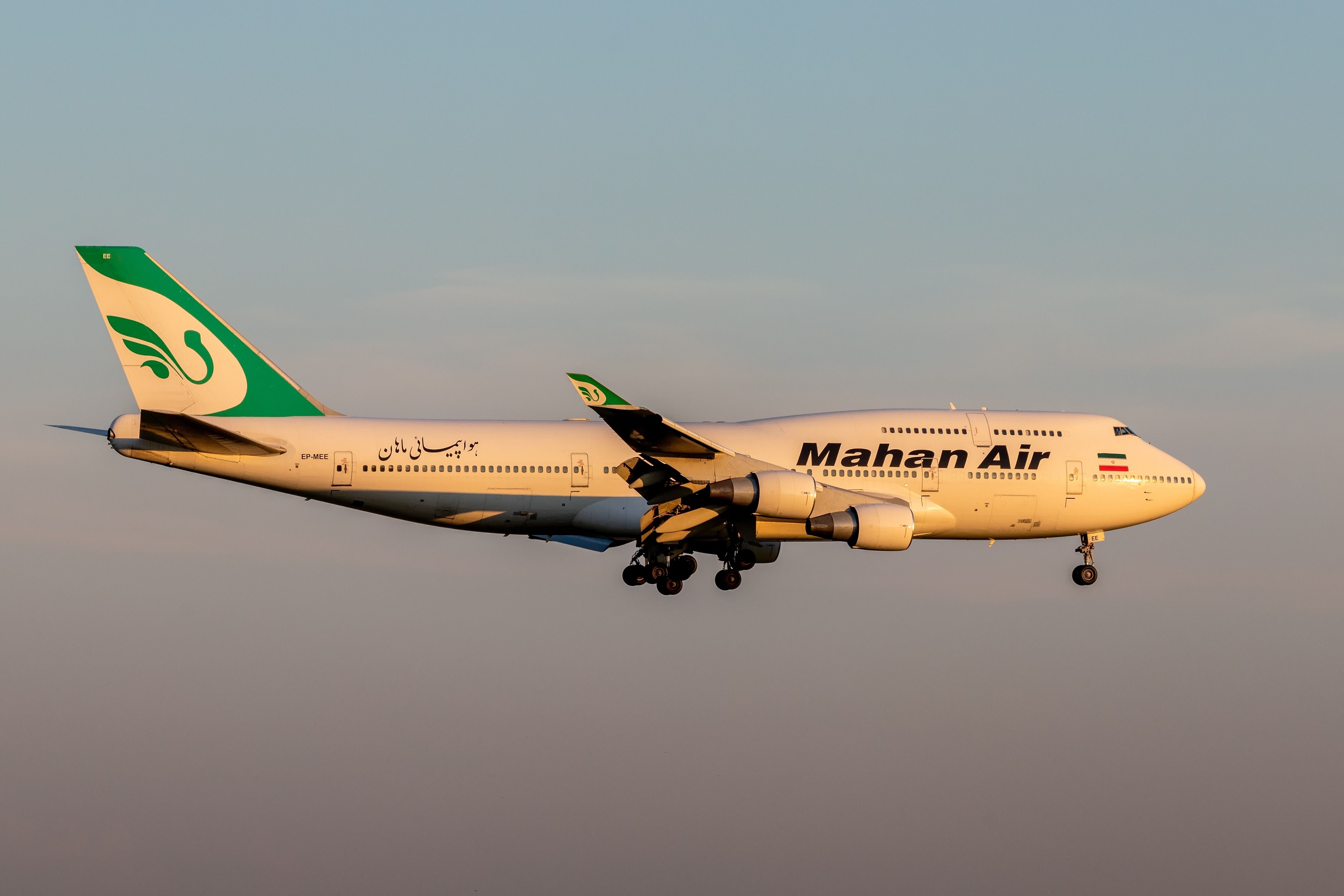
Related
US & Argentina Raise Venezuelan Airspace Ban With ICAO
Both governments have reportedly called for the reopening of Venezuela’s airspace.
Venezuela’s Air Force today
Today, Venezuela continues to operate the F-16s, but it is anyone’s guess as to what degree they are operational. According to Aeroflap, 15 F-16s are left in activity, and these are operated by Grupo Aéreo de Caza No. 16 from El Libertador Air Base. In 1997, Venezuela tried to replace two lost aircraft. Initially, the US approved the sale of two more F-16s but then blocked the sale.
It would appear at least some are operational, as the Venezuelan Air Force posted on Twitter that they had shot down an unnamed aircraft that violated its airspace in March 2024 using F-16s. The post also showed a video of the jet using its guns.
|
Combat aircraft of Venezuela Air Force |
|
|---|---|
|
F-16 Fighting Falcons: |
estimated 15 |
|
Sukhoi Su-30MKR2: |
estimated 21 |
|
Hongdu K-8 Karakorum: |
22 (Chinese-origin light attack trainer) |
At least three Venezuelan F-16s have also recently conducted an air-to-air missile launch exercise armed with AIM-6L Sidewinder and Rafael Python 4 missiles. Regardless of their airworthiness, Venezuela has been unable to upgrade its F-16s because of poor relations with the US.
Photo: Borka Kiss | Shutterstock
Venezuela is also believed to have 22 armed Hongdu K-8 trainers. The backbone of their operational combat fleet is likely the 21 Su-30 Flankers (three were lost in accidents). Here, too, it’s anyone’s guess what operational state these jets are in, given Venezuela’s deep economic woes over the last decade.

